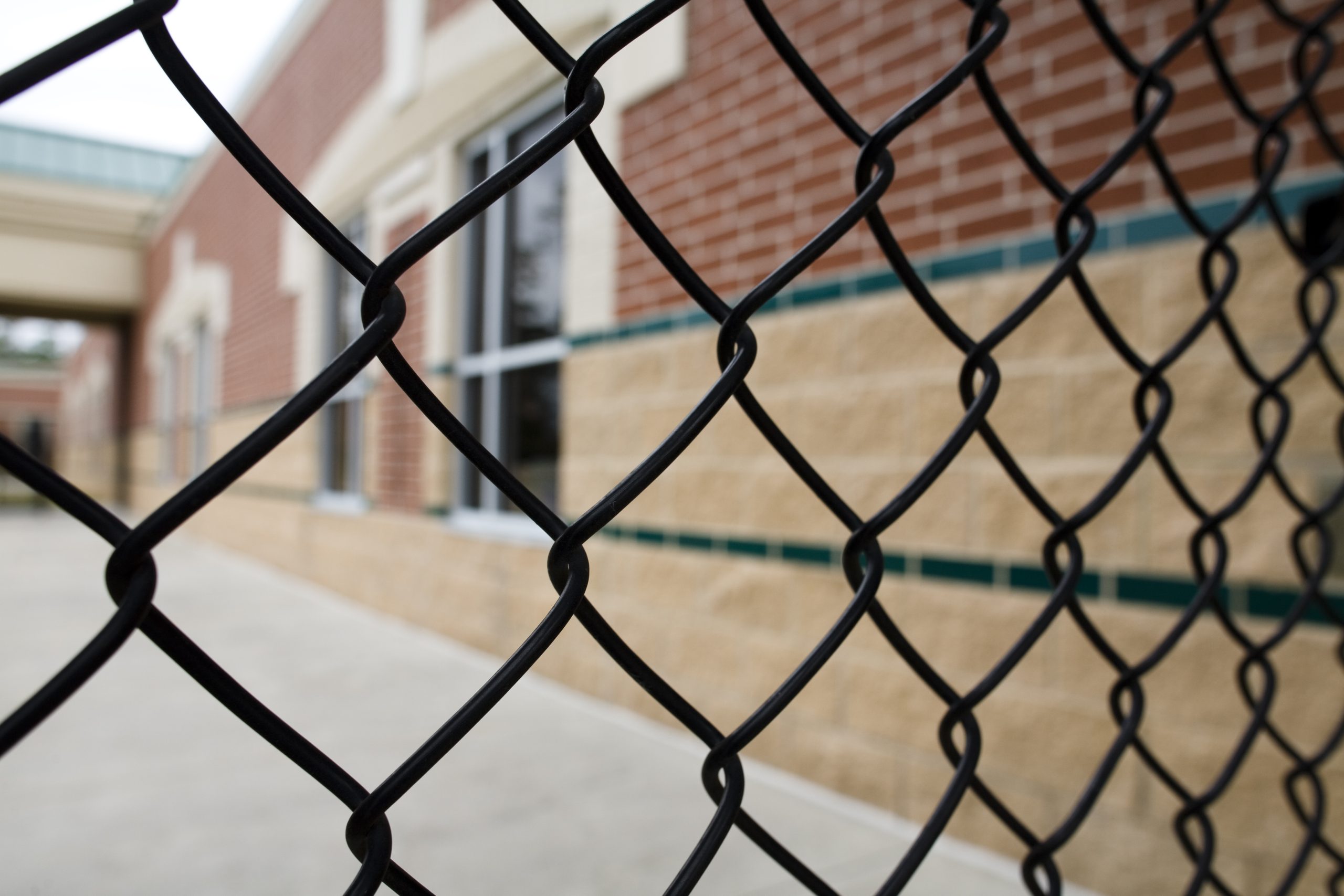On June 16, 2020, $14.3 million in ACEs Aware grants was awarded to 100 organizations across California to augment the work of the state’s ACEs Aware initiative. A Dec. 9, 2020 report, Roadmap for Resilience: The California Surgeon General’s Report on Adverse Childhood Experiences, Toxic Stress, and Health, detailed how Adverse Childhood Experiences (ACEs) and toxic stress can impact learning and school success. Toxic stress can impede learning and affect relationships and other aspects of functioning in school by impairing the areas of the brain responsible for learning, memory, threat detection, emotional regulation, impulse control and executive functioning.
More than 20 ACEs Aware grantees were awarded funding to develop practice papers highlighting promising strategies and lessons learned, as well as new research around ACE screening and trauma-informed systems of care. The practice papers cover a broad range of topics, some of which apply to local educational agencies and the organizations they partner with. This CSBA series will highlight several of these reports.
This paper presents findings from interviews with school stakeholders that help to identify promising practices for school-based integrated systems of care as well as barriers and facilitators to implementing and sustaining school-based integrated models.
School-based health centers (SBHCs) have the potential to fully integrate primary, secondary and tertiary prevention programs into clinical practice to address ACEs. These may include systems that support families by improving economic opportunities (as an example of primary prevention meant to prevent initial exposures to ACEs), early screening (a secondary intervention for one who’s been exposed to an adverse event but may not yet be experiencing any severe problems because of it) and integrating systems beyond the clinic setting to help mitigate the harmful effects of ACEs (tertiary).
There are different levels of integration, according to the report. Partial integration may consist of SBHCs staffing primary care and mental health providers who work onsite at the SBHC but are employed by different agencies that have different policies regarding patient care, whereas full integration may mean SBHC service providers are all employed by the same agency, working together to provide integrated collaborative care to the patient.
Though no single example has been recognized as best practice, authors of the report note that integration is critical to ensuring more holistic support.
“Even though SBHCs can improve access to primary and behavioral health care, the different types of service providers at play within and outside the SBHCs often operate independently of one another, which can result in fragmented care for students and their families,” researchers said. “Thus, there is a growing recognition that more holistic services for students and families are needed to improve their patient experience, continuity of care, and outcomes through integrated coordination and delivery of care.”
Though there is currently no national standard for school-based integrated systems of care which prescribe basic operational characteristics that all such models should share as benchmarks for performance, several core characteristics emerged from interviews that could inform the development of such models moving forward:
- Building appropriate infrastructure with consideration of the broader needs and context of the wider community
- Comprehensive screening at the beginning of the school year using the Pediatric ACEs and Related Life-events Screener (PEARLS) to establish a baseline among the student population
- Streamlined communication protocols to prevent any confusion or miscommunication
- Create opportunities for equal access to screening and services for students
- Ensuring continuity of care by employing a case management approach to ensure follow-through on a student’s entire treatment program
- Program evaluation to track and monitor student progress and outcomes, provide information to school administration, and identify needed improvements to school-based integrated systems of care
Efforts outlined in the above research paper will be even more important in the years ahead — as this practice paper highlights, there has been an increasing prevalence of ACEs after the onset of the pandemic.
Compared to a sample of children screened for ACEs two or more times from 2017 to 2020, children screened prior to and after the pandemic were more likely to report exposure to four or more ACEs — a 25 percent increase pre- to post-pandemic relative to 16 percent increase between 2017–20. Additionally, ACEs are cumulatively predictive of children being diagnosed with post-traumatic stress disorder, depression and adjustment disorders such as anxiety that that can occur when one has difficulty coping with a stressful life event.
“As these adversities are becoming increasingly prevalent, there is a need for greater system-wide coordination of efforts in screening, prevention, and intervention,” the report states. “There is a call to action for schools, community organizations, and health care providers to become key partners in these efforts.”
The paper concludes with a discussion of common challenges and best practices for providers in screening, preventing and intervening for ACEs based on information gathered from providers through ongoing provider engagement sessions.





